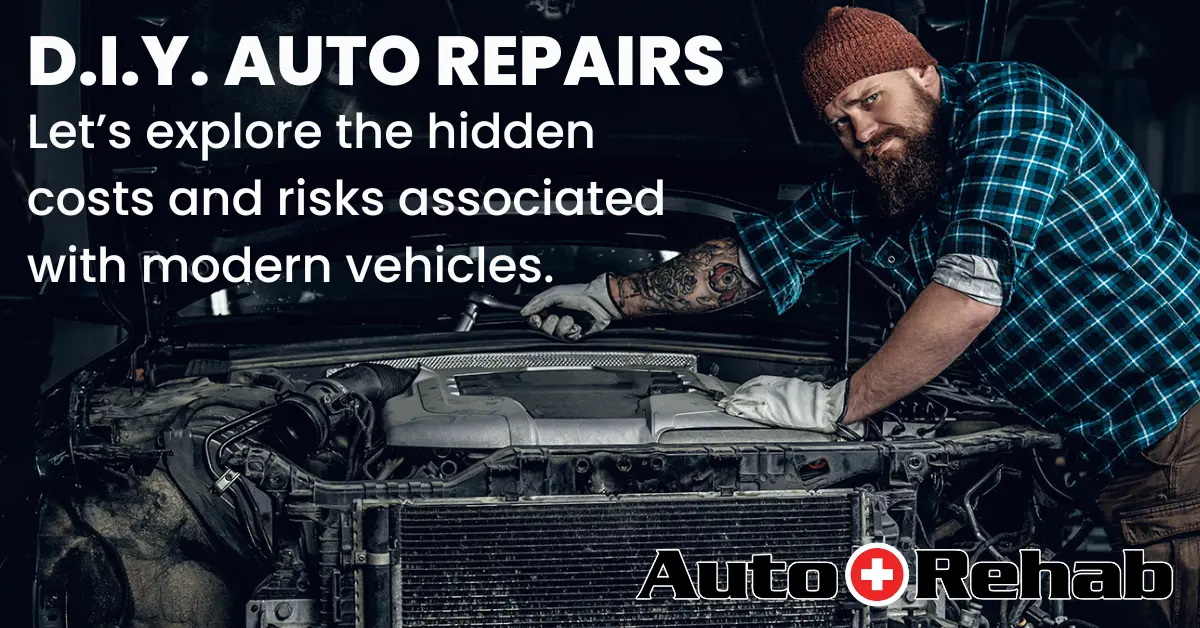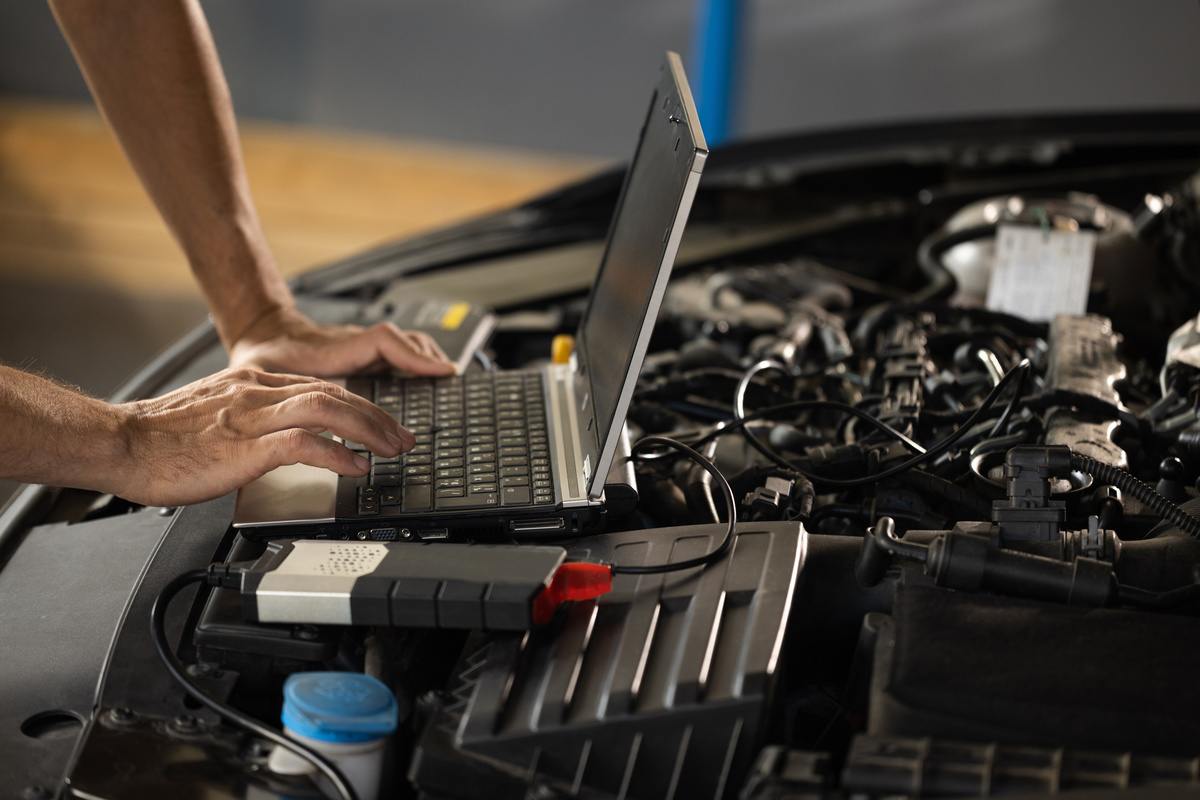The Allure of DIY Repairs
The appeal of DIY Repairs has stood the test of time. There’s a financial benefit, of course, but also the profound satisfaction of mastering a task yourself, of knowing your way around your own vehicle. In years past, the architecture of cars was much simpler, leaving more room for owner intervention. In today’s world of advanced technology, however, DIY Repairs carry multiple layers of challenges that every car owner should consider before diving in.
Complexity of Modern Vehicles: A New World
The modern vehicle is not just a machine; it’s a highly integrated system of mechanical engineering and computerized controls. While the older models could often be understood and repaired with a basic mechanical understanding, today’s cars require a much broader skill set. Specialized computer systems control everything from fuel efficiency to climate control, bringing in a level of complexity that makes DIY Repairs a high-stakes game.
Safety Concerns: Not Just About Nuts and Bolts
Safety should be a priority when it comes to car repairs. Advanced safety features like adaptive cruise control, lane-keeping systems, and collision avoidance are now standard even in mid-range vehicles. These systems are calibrated to precise specifications and tinkering with them could compromise your vehicle’s safety. Mismanaging a DIY Repair could result in sensor misalignment or other critical failures that put you and your passengers at risk.
Right Tools for the Right Job: A Costly Investment
When people consider DIY Repairs, they often think about the immediate cost-savings from not having to pay for labor. What they don’t always consider is the investment in specialized tools that are often required. These tools, while crucial for a professional-level job, can be prohibitively expensive for the casual DIYer. Moreover, the requirement for specialized diagnostic software and training further elevates the cost and complexity of DIY endeavors.
The Domino Effect: When DIY Repairs Go Wrong
Imagine taking apart your vehicle’s dashboard to fix a minor electrical issue. As you dive deeper, you find that you’ve disrupted the airbag system, a repair that’s beyond your skill level. Now, you’re not only stuck with your initial problem but have also introduced a significant safety risk. This is a concrete example of how DIY Repairs can spiral out of control, leaving you with more problems than you started with.
The Hidden Costs: Time, Effort, and Potential Damage
People usually underestimate the time investment DIY Repairs demand. From research and troubleshooting to the actual repair work, it’s not just an afternoon’s endeavor. There’s also the stress and uncertainty, especially if things don’t go as planned. Damaging a vital part can turn what would have been a low-cost repair at a professional shop into a major expense, adding stress and further stretching your budget.
Expertise Matters: The Final Word on DIY Repairs
DIY Repairs may offer an emotional satisfaction, but cars are becoming less and less the mechanical systems of the past and more integrated systems requiring a blend of mechanical and IT knowledge. Professional mechanics at facilities like Auto Rehab are not just wrench-turners; they are technicians skilled in modern vehicle systems, trained to diagnose complex issues that can elude even a savvy DIYer.
Final Thoughts: Weighing the Risks and Rewards
The decision to undertake DIY Repairs on modern vehicles should be a well-considered one. While the romanticized version of DIY offers the vision of a triumphant, cost-saving venture, the reality is often less rosy. Considering the advancements in vehicle technology and the value of a qualified professional’s expertise, DIY Repairs appear to be an increasingly risky endeavor in the modern automotive landscape.






